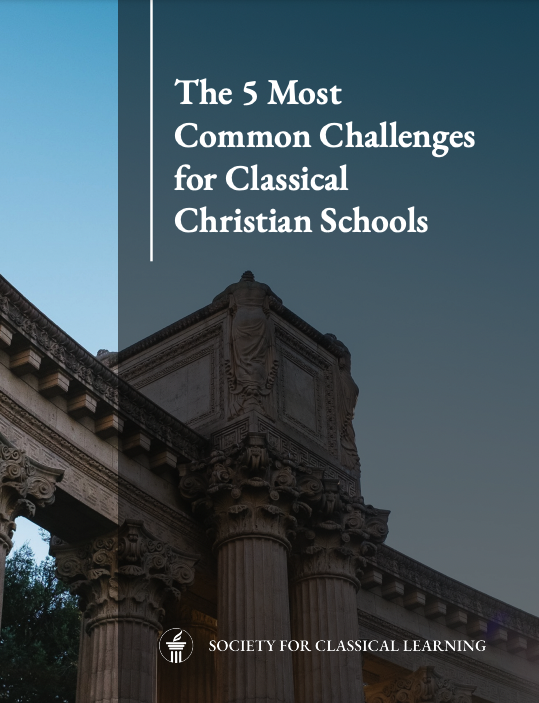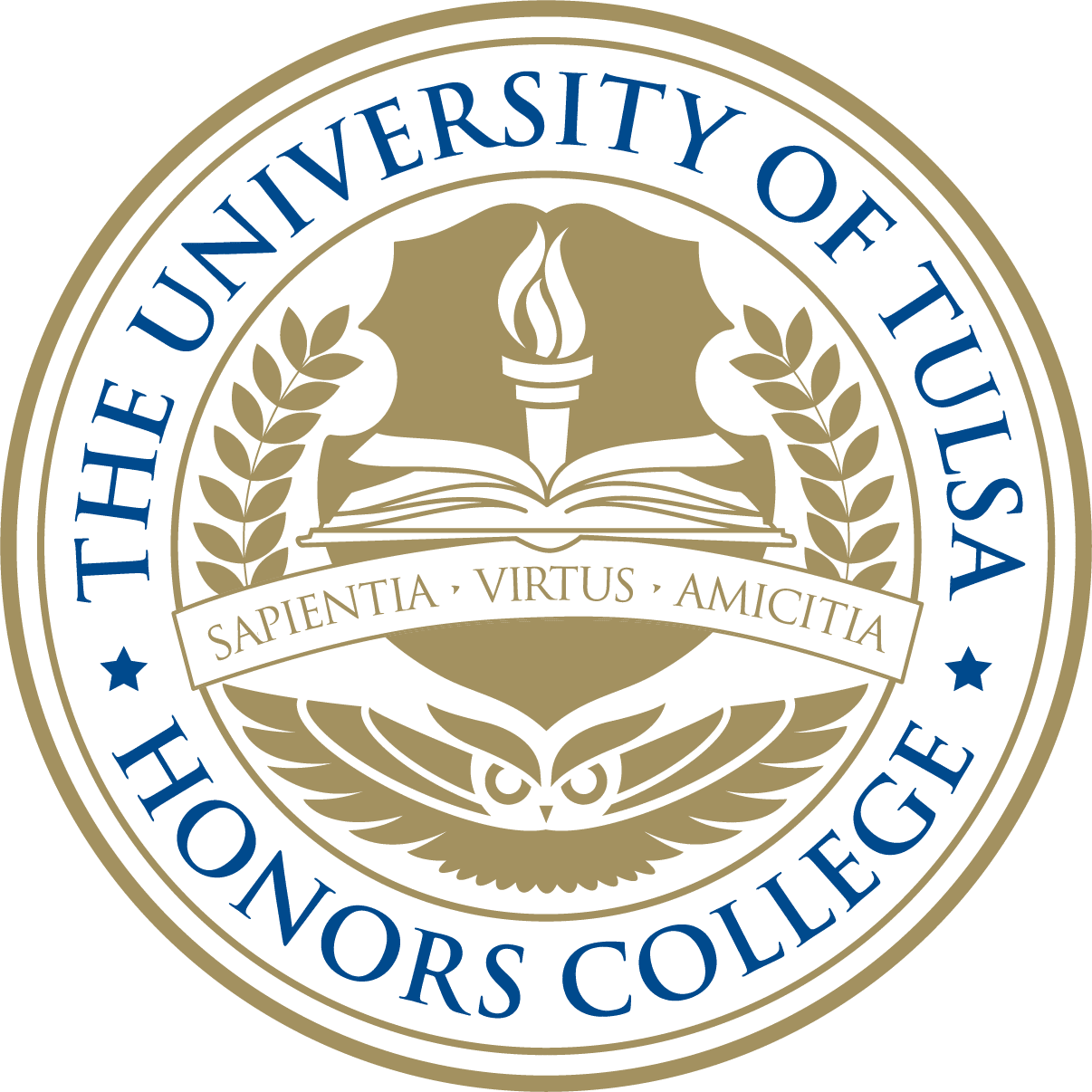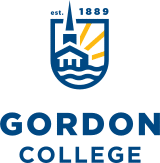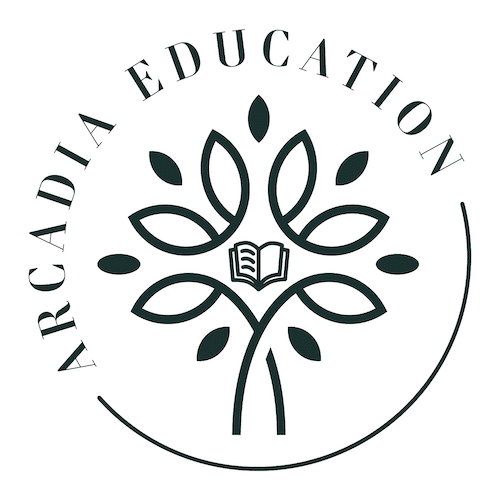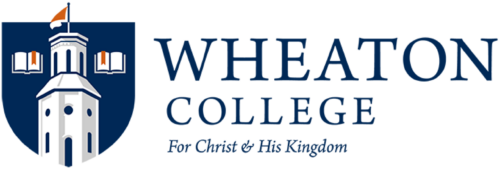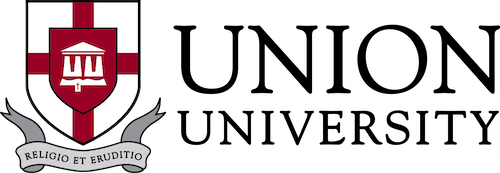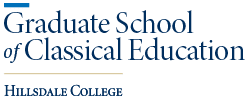Providing the mentorship, community, and resources school leaders need
We Are Classical
SCL is rooted in the Great Tradition, using its wisdom and virtue to raise up the next generation.
We Are Christian
SCL is grounded in the historic Christian faith as expressed in the Nicene and Apostles’ Creeds.
We Are Leaders
SCL is the leader in the classical Christian education movement by focusing on guiding school leaders.
You shouldn’t have to face challenges alone
School leaders can often feel isolated as they face new challenges and complexities on a daily basis. At The Society for Classical Learning, our team of experts are dedicated to supporting each member through coaching, consulting, cohorts, workshops and more so they can build a healthy, growing school.
Join The Thriving Community of Classical Christian Schools
Feel confident that you have been equipped with the knowledge and resources you need to lead your school.
What We Do
We’re here to help
Our team of experts has spent nearly 30 years equipping hundreds of classical Christian schools around the world with the tools they need to thrive. From professional development to specialized workshops, our global membership network and online library of resources will give you the confidence you need to grow your school successfully.
500
25
300
200
Title Partners

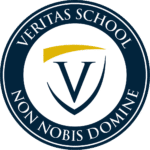
Here’s how easy it is to become a healthy, thriving school
1. Become a Member
Join the movement and gain access to the essential resources you need to grow, such as curriculum and legal support, professional development, and discounts on annual conferences and events.
2. Meet your Advisor
We’ll conduct a quick assessment to discover how best to support you and your goals.
3. Lead with Confidence
Enjoy the benefits of participating in a vibrant, growing network of like-minded schools dedicated to helping each other thrive.
Here’s What Our Members Are Saying
“SCL continues to provide classical Christian educators with the best of the tradition alongside an approach to the culture that is honest without being anxious. This is a much needed approach in our polarized climate.”
– SCL Member
“I was very encouraged by meeting so many other like-minded teachers coming from institutions sharing the same values and commitments. It encourages me in the fight for truth, goodness, and beauty!”
– SCL Member
“I appreciated the opportunity to connect with others who work in positions like mine and talk about issues we’ve had at our schools. We could laugh, share about tough situations, and offer encouragement to one another.”
– SCL Member
Free PDF: The 5 Most Common Challenges for Classical Christian Schools
